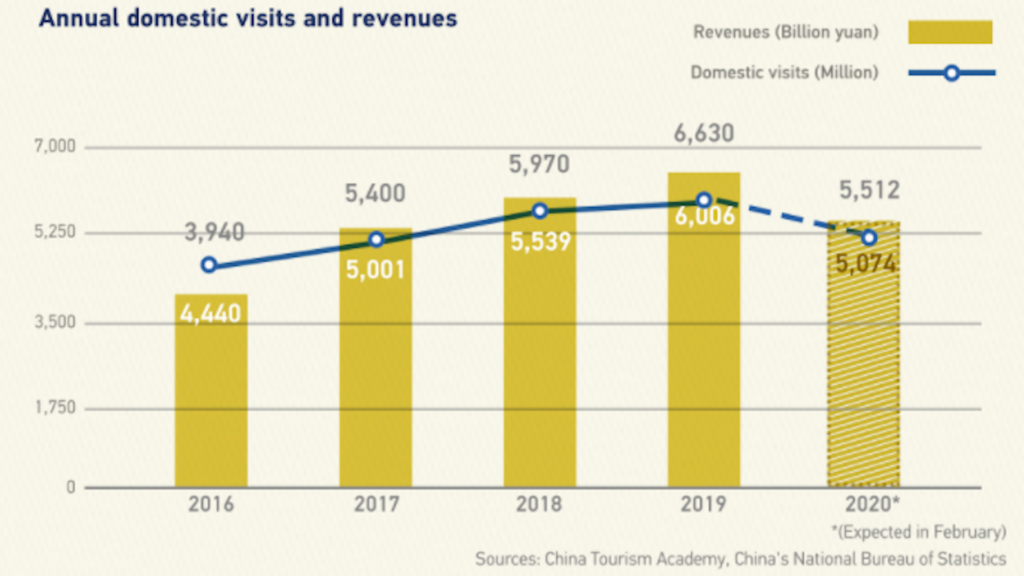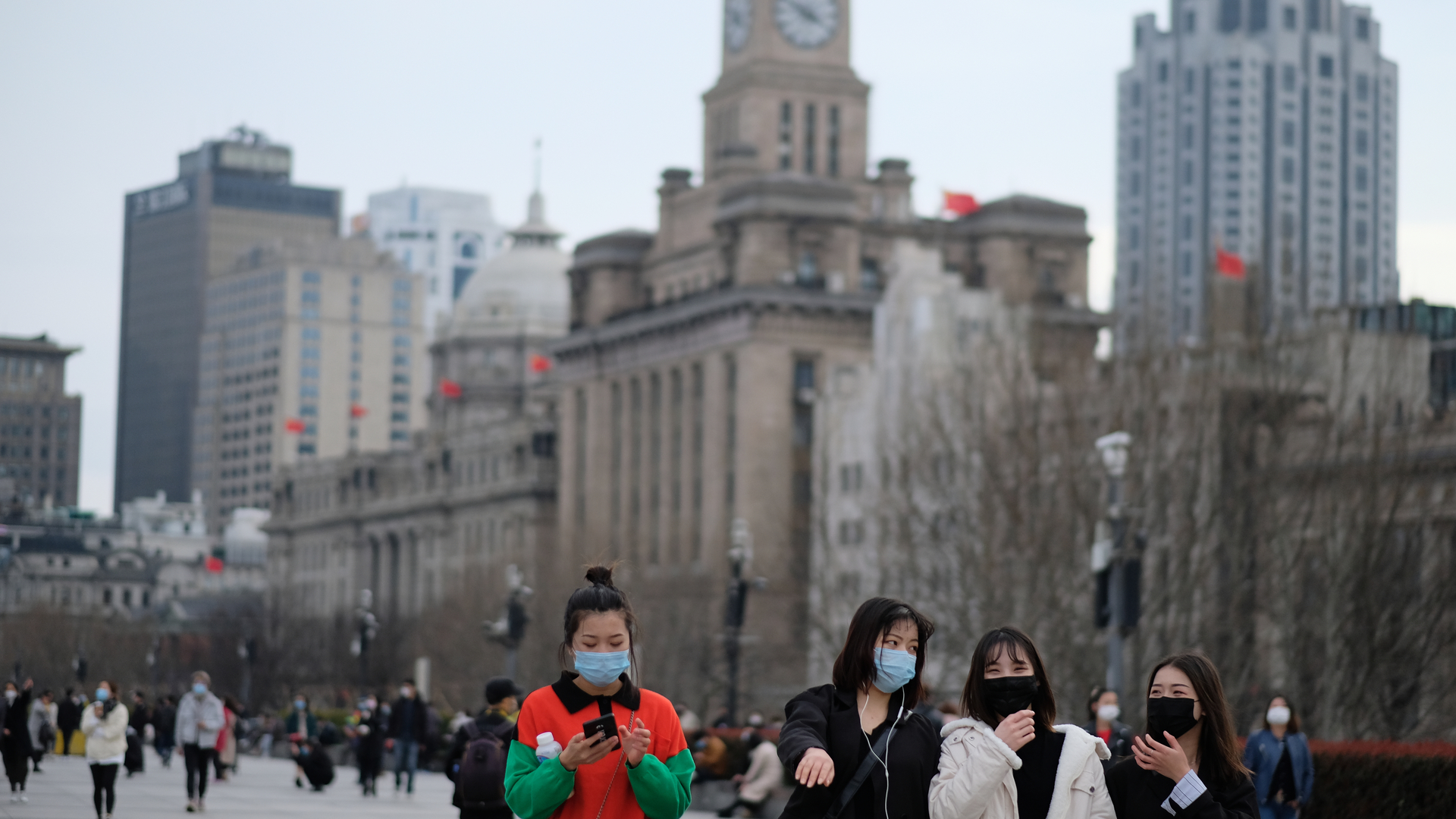Sometimes a website paints a thousand words. As China tentatively emerges from coronavirus lockdown, the home page of Ctrip, China’s largest online travel service provider, is one such example.
The banner atop its website rotates between promises of serene trips through the remote wilds of northwestern China, 50 percent discounts at five-star hotels, and an upcoming conference outlining the state of the domestic travel market. Collectively, they reflect the shifting priorities of Chinese travelers, the wave of enticing deals being offered in the hope of stimulating the market, and the anxieties of an industry uncertain about the future.
Here, Jing Travel assesses the state of China’s domestic travel market and the upcoming Labor Day holiday.
Coronavirus Damage
On April 16, the National Bureau of Statistics announced the Chinese economy had shrunk 6.8 percent across the first three months of 2020 compared with last year’s figures, the first dip in nearly half a century of spectacular growth. With Beijing-based research institution China Tourism Academy estimating a 56 percent decline in visits and a 69 percent revenue dip during this period, the tourism industry stands as one of the hardest hit by coronavirus.
The timing of the outbreak, on the eve of Chinese Spring Festival — the nation’s busiest travel period — certainly exacerbated the damage. However, given more than 100 million Chinese are employed in the travel industry or related businesses, it stands to receive robust governmental support (including preferential tax measures and financial support) and will undoubtedly play in a key role in any economic revival.

Source: CGTN
Labor Day Holiday (May 1 — 5)
The weeklong break in May typically produces the first travel surge in the Chinese calendar. This year, the trend will intensify as travelers take advantage of the first extended holiday period since coronavirus restrictions have been eased. This so-called ‘revenge travelling’ saw flight, train, and bus bookings from early April triple year-on-year, according to Trip.com, the parent company of Ctrip.
Although Chinese airlines have responded to the demand with a wave of additional routes to scenic spots — they recently reported 40 percent of traffic had been recovered— the majority of trips will likely be conducted nearer to home by car or train. This was the prevailing lesson from the three-day Tomb Sweeping Festival in early April with the majority of the 43 million trips taking place locally and to outdoor scenic spots.
Simply put, the Labor Day Holiday offers a first opportunity to adequately assess the appetites and future trends of the world’s largest travel market.



